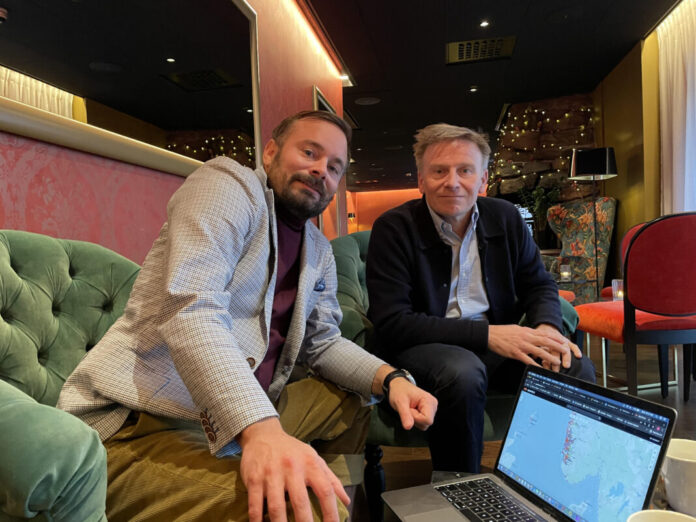“Everything is automated and digitized. You can see the sites, who owns them, how the biomass is doing, the lice numbers, you can follow the well boats via satellite AIS (Automatic Identification System), and then you can make your own biological and financial analyses,” says Hanus Samró.
Here are map tools, boat and locality photos and financial reports. Aquafacts collects huge amounts of data and business intelligence about the aquaculture industry in Norway, Iceland, the United Kingdom and the Faroe Islands. The information is public, but finding it can be complex due to language, cultural and national barriers.
Analyzes
Therefore, the Faroe Islanders Óli Samró and Hanus Samró, who are father and son, have developed the platform where the purpose is to make it easier to get an overview of localities, well boats, biomass, lice numbers, and make their own biological and financial analyses. With the “Analytics” service, users can create their own analyses as banks and brokerages do today.
Aquafacts is also available as an app.
SalmonBusiness meets the two founders at Hotel Thon Orion in Bergen. Then they have been on a sales tour in Norway. They have been to Kristiansund and Ålesund, and are on their way to Austevoll and Bømlo.
“We originally come from the fishing industry, but like many Norwegian families, we are now taking our first steps into farming,” says Hanus Samró.
The Faroe Islands are known as a fishing nation, but neither Óli nor Hanus are fishermen. Óli has a degree in economics from the University of Aarhus, while Hanus is a former politician and has a master’s degree in political administration from the University of the Faroe Islands. They have both written and published books on fishing.
Both fishing and aquaculture
“We have received several inquiries from the aquaculture industry. A few years ago, we launched the platform Fishfacts, where we offer business intelligence about fishing vessels, shipping companies, catches, quotas, satellite AIS and financial analysis. Several of our customers are active in both fishing and aquaculture, and they asked if we could create a similar platform for the aquaculture industry, because there was no platform that collected all aquaculture data in one place,” he eagerly explains.
Hanus Samró says that it was a logical step, but it took longer to develop, not least since Fishfacts grew extremely fast. Today, they have 700 fishing vessels as customers in 20 countries and on four continents.
“If you look at the bright side, we were lucky with the corona, because when we could not travel we got more time for Aquafacts”.









